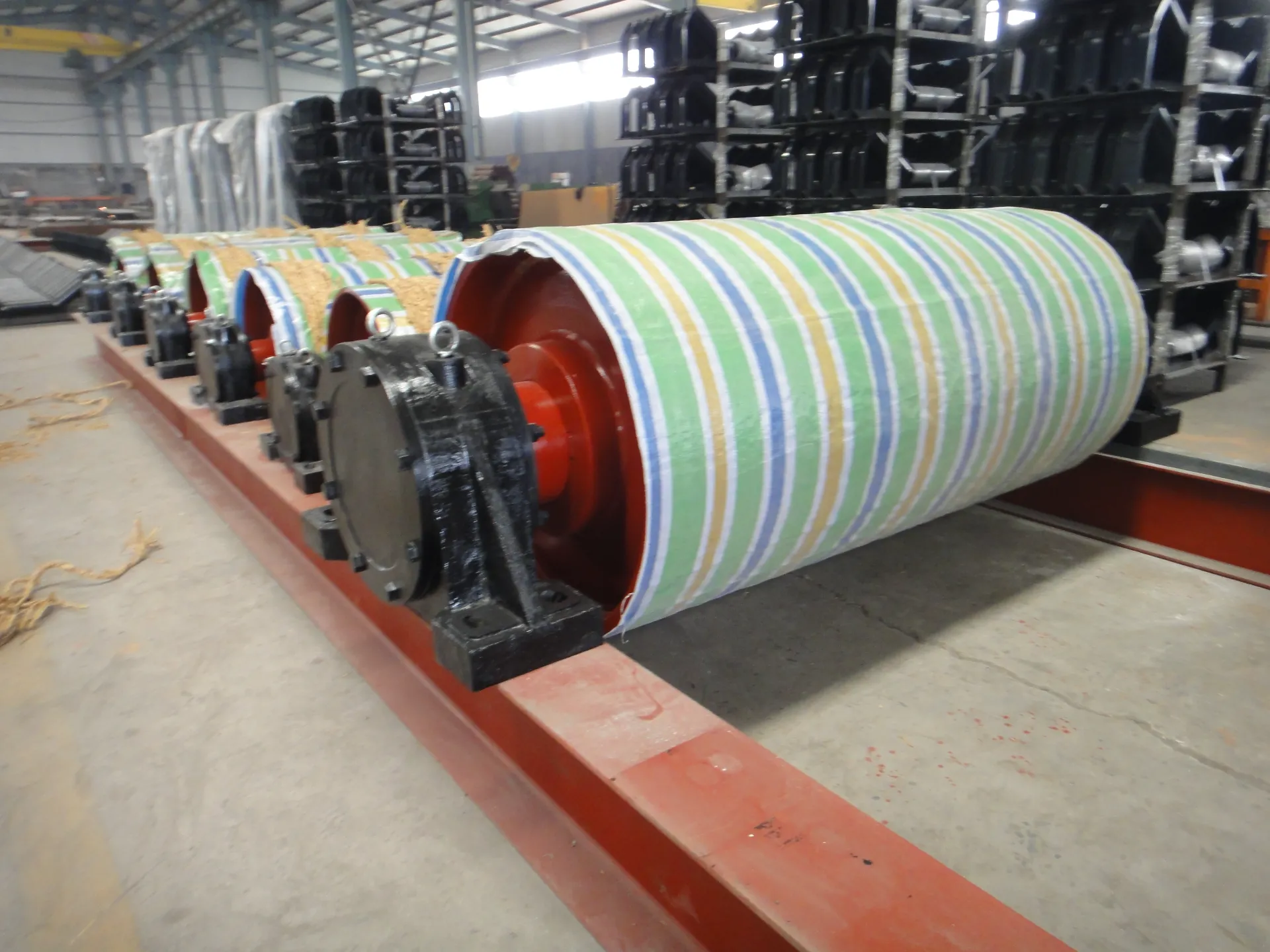 Afrikaans
Afrikaans  Albanian
Albanian  Amharic
Amharic  Arabic
Arabic  Armenian
Armenian  Azerbaijani
Azerbaijani  Basque
Basque  Belarusian
Belarusian  Bengali
Bengali  Bosnian
Bosnian  Bulgarian
Bulgarian  Catalan
Catalan  Cebuano
Cebuano  Corsican
Corsican  Croatian
Croatian  Czech
Czech  Danish
Danish  Dutch
Dutch  English
English  Esperanto
Esperanto  Estonian
Estonian  Finnish
Finnish  French
French  Frisian
Frisian  Galician
Galician  Georgian
Georgian  German
German  Greek
Greek  Gujarati
Gujarati  Haitian Creole
Haitian Creole  hausa
hausa  hawaiian
hawaiian  Hebrew
Hebrew  Hindi
Hindi  Miao
Miao  Hungarian
Hungarian  Icelandic
Icelandic  igbo
igbo  Indonesian
Indonesian  irish
irish  Italian
Italian  Japanese
Japanese  Javanese
Javanese  Kannada
Kannada  kazakh
kazakh  Khmer
Khmer  Rwandese
Rwandese  Korean
Korean  Kurdish
Kurdish  Kyrgyz
Kyrgyz  Lao
Lao  Latin
Latin  Latvian
Latvian  Lithuanian
Lithuanian  Luxembourgish
Luxembourgish  Macedonian
Macedonian  Malgashi
Malgashi  Malay
Malay  Malayalam
Malayalam  Maltese
Maltese  Maori
Maori  Marathi
Marathi  Mongolian
Mongolian  Myanmar
Myanmar  Nepali
Nepali  Norwegian
Norwegian  Norwegian
Norwegian  Occitan
Occitan  Pashto
Pashto  Persian
Persian  Polish
Polish  Portuguese
Portuguese  Punjabi
Punjabi  Romanian
Romanian  Russian
Russian  Samoan
Samoan  Scottish Gaelic
Scottish Gaelic  Serbian
Serbian  Sesotho
Sesotho  Shona
Shona  Sindhi
Sindhi  Sinhala
Sinhala  Slovak
Slovak  Slovenian
Slovenian  Somali
Somali  Spanish
Spanish  Sundanese
Sundanese  Swahili
Swahili  Swedish
Swedish  Tagalog
Tagalog  Tajik
Tajik  Tamil
Tamil  Tatar
Tatar  Telugu
Telugu  Thai
Thai  Turkish
Turkish  Turkmen
Turkmen  Ukrainian
Ukrainian  Urdu
Urdu  Uighur
Uighur  Uzbek
Uzbek  Vietnamese
Vietnamese  Welsh
Welsh  Bantu
Bantu  Yiddish
Yiddish  Yoruba
Yoruba  Zulu
Zulu Jan . 20, 2025 05:46
Back to list
snub pulley
Snub pulleys are an often overlooked component in the conveying and material handling industry, yet they play a crucial role in ensuring the efficient operation of conveyor systems. These mechanical elements are critical in managing the belt's tension and alignment, thereby optimizing the performance and longevity of the system.
The expertise involved in installing and maintaining snub pulleys cannot be understated. Expert technicians are needed to ensure the pulley is correctly positioned and aligned, preventing potential issues such as belt misalignment and uneven tension distribution. Improper installation can lead to increased wear on both the belt and the pulley itself, leading to premature system failure. Maintenance requires routine inspections to check for any signs of wear or damage, ensuring that they continue to perform effectively. In terms of trustworthiness and authority, snub pulley manufacturers who adhere to rigorous quality standards and provide detailed product information and support build a reputation for reliability. The use of precision engineering and advanced manufacturing processes ensures that each pulley meets strict operational standards. Furthermore, vendors offering comprehensive warranties and customer support demonstrate confidence in the quality of their products, enhancing their reputation for trustworthiness in the industry. The experience of businesses using snub pulleys is overwhelmingly positive. Case studies highlight significant reductions in downtime due to the decreased likelihood of belt slippage and improved tension control. Companies across various sectors have noted that investing in premium snub pulleys has led to increased efficiency and productivity, showing that these components are essential for operational success. In conclusion, snub pulleys may seem like a small part of a conveyor system, but their impact is substantial. They are engineered to withstand demanding environments, and when implemented correctly, they play an integral role in the smooth operation of conveyor systems. By improving belt contact and tension, snub pulleys enhance the reliability and efficiency of material handling operations. In industries where operational efficiency and equipment reliability are paramount, investing in high-quality snub pulleys is not just a necessity—it's a strategic advantage.


The expertise involved in installing and maintaining snub pulleys cannot be understated. Expert technicians are needed to ensure the pulley is correctly positioned and aligned, preventing potential issues such as belt misalignment and uneven tension distribution. Improper installation can lead to increased wear on both the belt and the pulley itself, leading to premature system failure. Maintenance requires routine inspections to check for any signs of wear or damage, ensuring that they continue to perform effectively. In terms of trustworthiness and authority, snub pulley manufacturers who adhere to rigorous quality standards and provide detailed product information and support build a reputation for reliability. The use of precision engineering and advanced manufacturing processes ensures that each pulley meets strict operational standards. Furthermore, vendors offering comprehensive warranties and customer support demonstrate confidence in the quality of their products, enhancing their reputation for trustworthiness in the industry. The experience of businesses using snub pulleys is overwhelmingly positive. Case studies highlight significant reductions in downtime due to the decreased likelihood of belt slippage and improved tension control. Companies across various sectors have noted that investing in premium snub pulleys has led to increased efficiency and productivity, showing that these components are essential for operational success. In conclusion, snub pulleys may seem like a small part of a conveyor system, but their impact is substantial. They are engineered to withstand demanding environments, and when implemented correctly, they play an integral role in the smooth operation of conveyor systems. By improving belt contact and tension, snub pulleys enhance the reliability and efficiency of material handling operations. In industries where operational efficiency and equipment reliability are paramount, investing in high-quality snub pulleys is not just a necessity—it's a strategic advantage.
Latest news
-
Revolutionizing Conveyor Reliability with Advanced Rubber Lagging PulleysNewsJul.22,2025
-
Powering Precision and Durability with Expert Manufacturers of Conveyor ComponentsNewsJul.22,2025
-
Optimizing Conveyor Systems with Advanced Conveyor AccessoriesNewsJul.22,2025
-
Maximize Conveyor Efficiency with Quality Conveyor Idler PulleysNewsJul.22,2025
-
Future-Proof Your Conveyor System with High-Performance Polyurethane RollerNewsJul.22,2025
-
Driving Efficiency Forward with Quality Idlers and RollersNewsJul.22,2025
OUR PRODUCTS





























